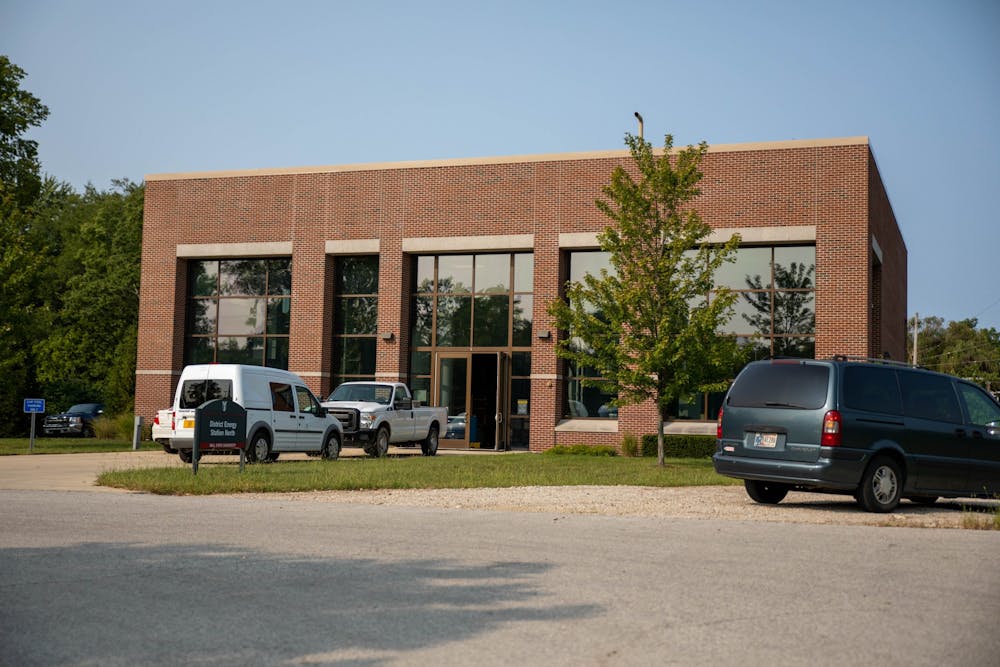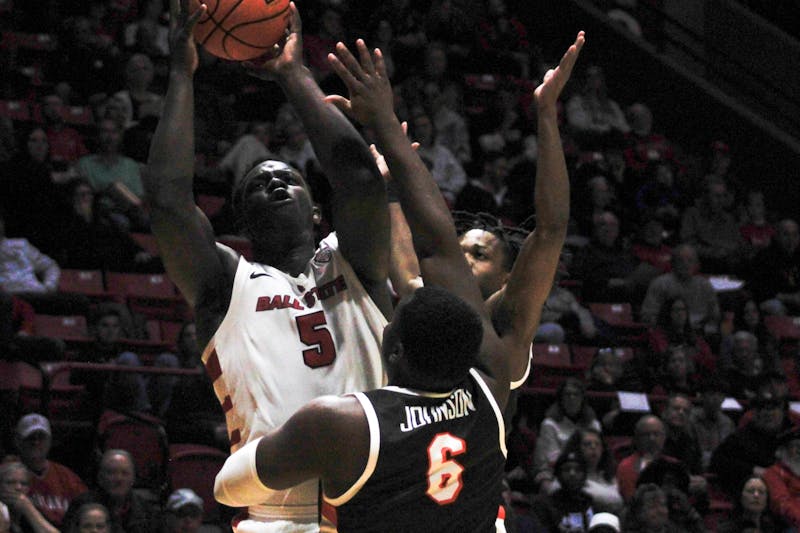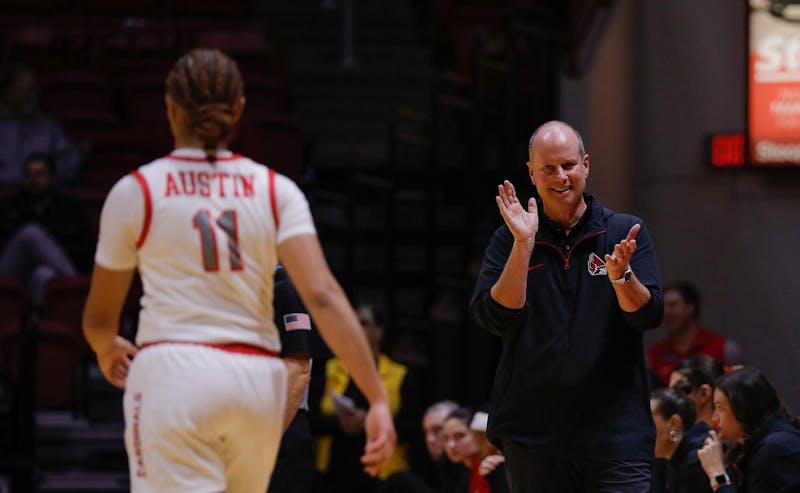Ball State's campus, the Partnership Project, research and community outreach all share one thing in common — the Sponsored Projects Administration (SPA).
“I get to see a little bit of what's happening all over campus,” said Jackie Davis, director of sponsored projects development.
Davis, a Ball State alumna with a degree in biology, said up until a few years ago, there was not a degree available for research administration.
People who work in SPA have degrees in a variety of fields, such as psychology, accounting and religious studies, she said.
“Ball State's very fortunate to have a central office that went together, and we can help that life cycle kind of seamlessly throughout the office,” Davis said. “You know, we have a lot of expertise in our building and people I work with. I love the work that I do.”
SPA works with students, faculty and administrators at Ball State to help them find funding for projects they wish to pursue.
Davis said beyond finding funding for these projects, she helps them apply for funding, develop the budget to fit university policy and federal regulations and submit proposals once the project is funded.
Generally, these grants come from parties outside of campus, Davis said, in which the funds come through SPA. Funding comes from foundations, corporations, associations and federal sources.
VJ Rubenstein, associate professor of biology at Ball State, is one researcher who has received funding by working with SPA. He said the research he does now could not be done without the funding he has received.
Rubenstein said his research focuses on studying enzymes and how they look for proteins that have become damaged. Currently, he has seven to 10 students working on this project.
“Sponsored Projects has been enormously helpful to me since I arrived at Ball State,” he said.
Rubenstein added that the Office of Sponsored Projects has helped him identify sources for funding, prepare for the application process and write grant proposals.
“What I think I'm good at is writing about the science, and what Sponsored Projects is good at is making sure that you know the other 50 pages of the proposal are completed well,” Rubenstein said. “Things about the university, things about the financial aspect — they make sure that I put together a strong proposal.”
In his research on enzymes, he said he has had projects funded by the National Institutes of Health at around $300,000 for three years and smaller projects through the Indiana Academy of Science with $1,000 to $3,000 dollars awarded.
“Mainly, all my projects are attacking different angles of [the enzyme] research question,” Davis said. “SPA has helped me find opportunities with different sources to fund the big and small parts of the research.”
Kevin Nolan, director and senior archaeologist at Ball State, said his situation is “bizarre” because the Applied Anthropology Laboratories is an independent unit in the College of Sciences and Humanities.
There are five professional staff members who are mostly externally funded, Nolan said, so they have to generate projects to fund their salaries through service contracts and grants. To achieve this, they depend heavily on SPA.
Chad Paskiewicz and Augusta Isley, SPA members at Ball State, do “a lot of extra work” to help fit the Applied Anthropology Laboratories into the system Ball State uses, Nolan said.
Currently, there are 12 different active funded projects at Applied Anthropology Laboratories, he said.
One project from the Center for Library Information Resources, which was funded for $250,000, aims to digitize project records and create a public digital collection online for 120 projects.
Nolan said it can be complicated to keep track of the funding that goes into these projects. Budgets are made for individual projects that define the different kinds of expenses and how much money goes into each category.
He said they track student hours, student position rates, how many days each staff member is working on them, how much of their supplies and supply money is being used and how much travel money is being used.
While it is exciting to get funding for their projects, Nolan said, once the funding is granted, the researchers have to look at their schedule to see where they can fit time in against all the other projects.
“We're initially really excited when we do things, and then it's like, ‘OK, well now how do we make that happen?’” he said.
Both Nolan and Rubenstein said their projects would not be possible without the aid of SPA.
“They’re the vehicle that enables me to pursue external funding,” Rubenstein said.
Contact Charles Melton with comments at cwmelton@bsu.edu or on Twitter @Cmelton144.





The Daily News welcomes thoughtful discussion on all of our stories, but please keep comments civil and on-topic. Read our full guidelines here.